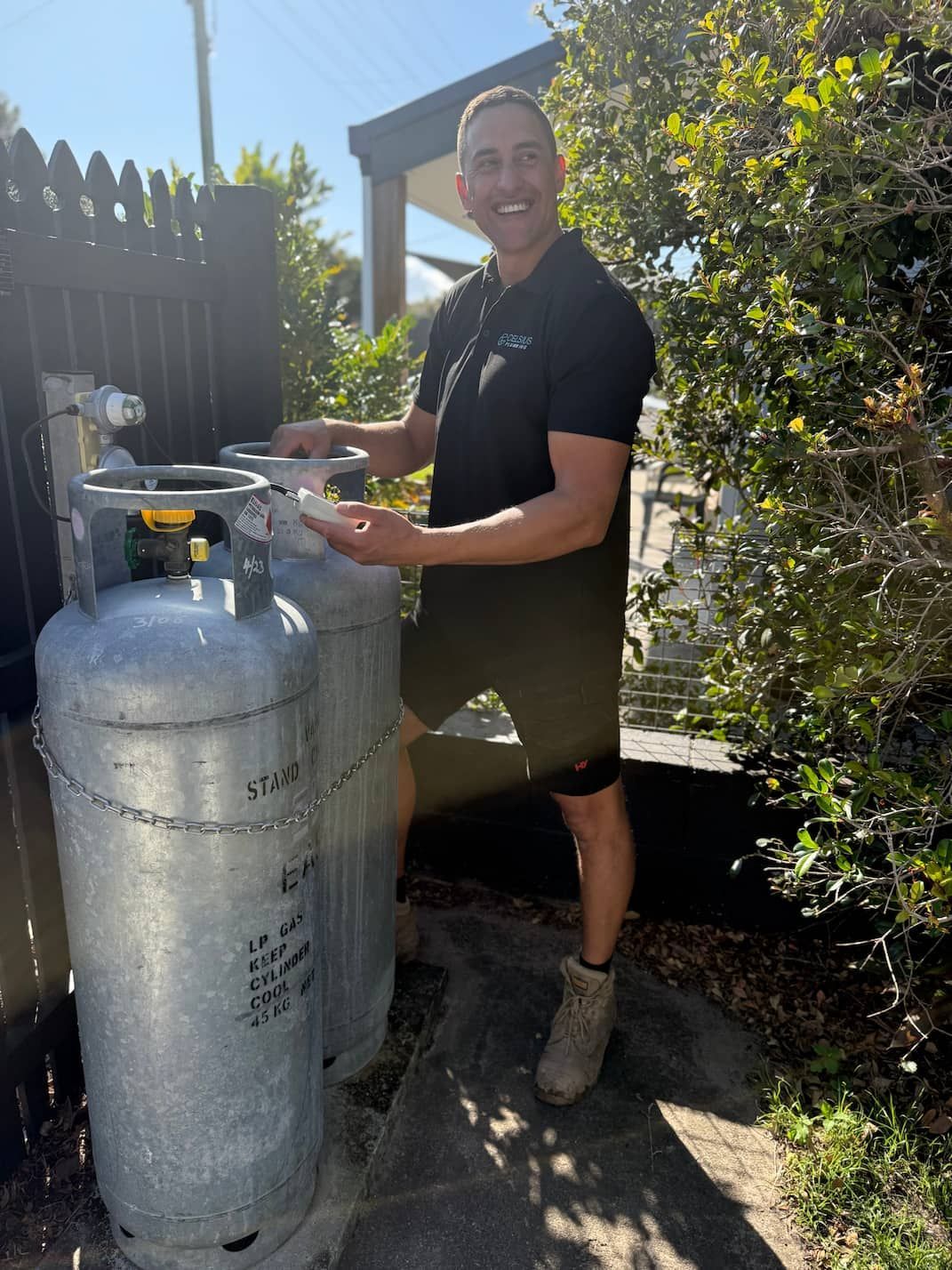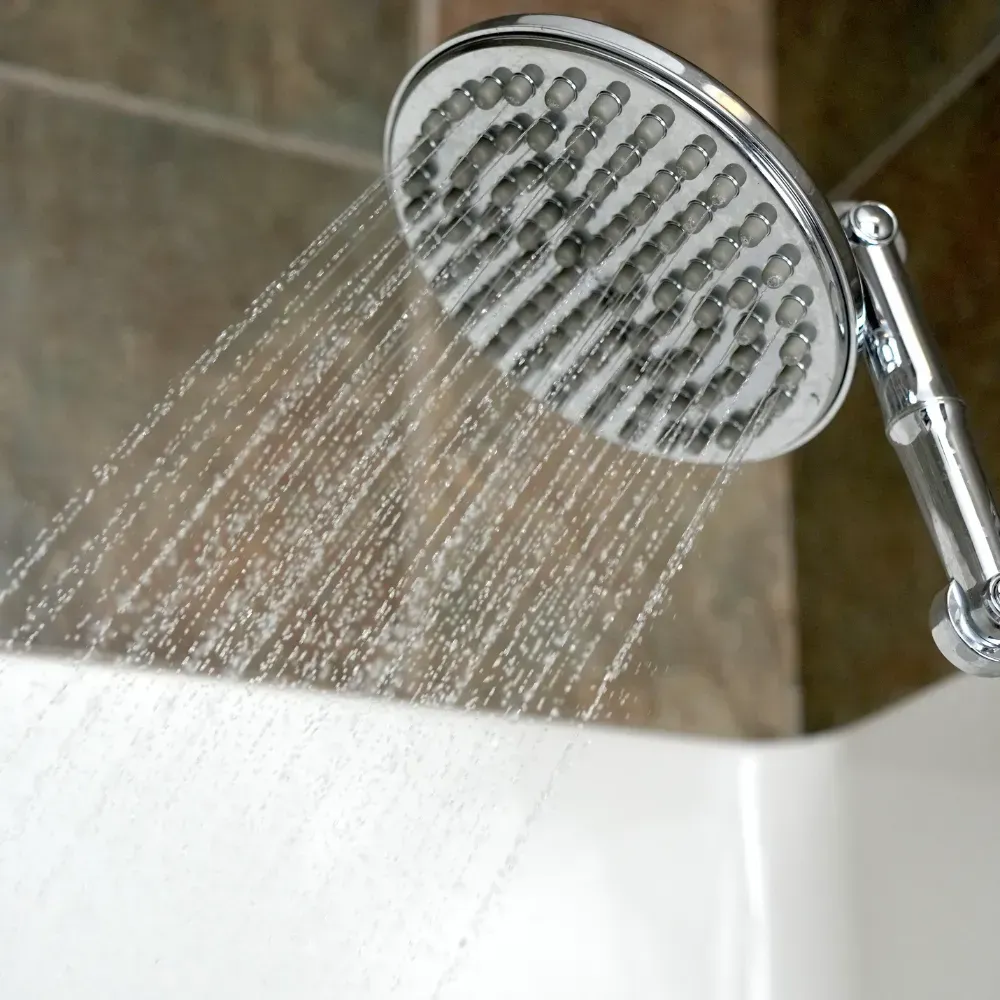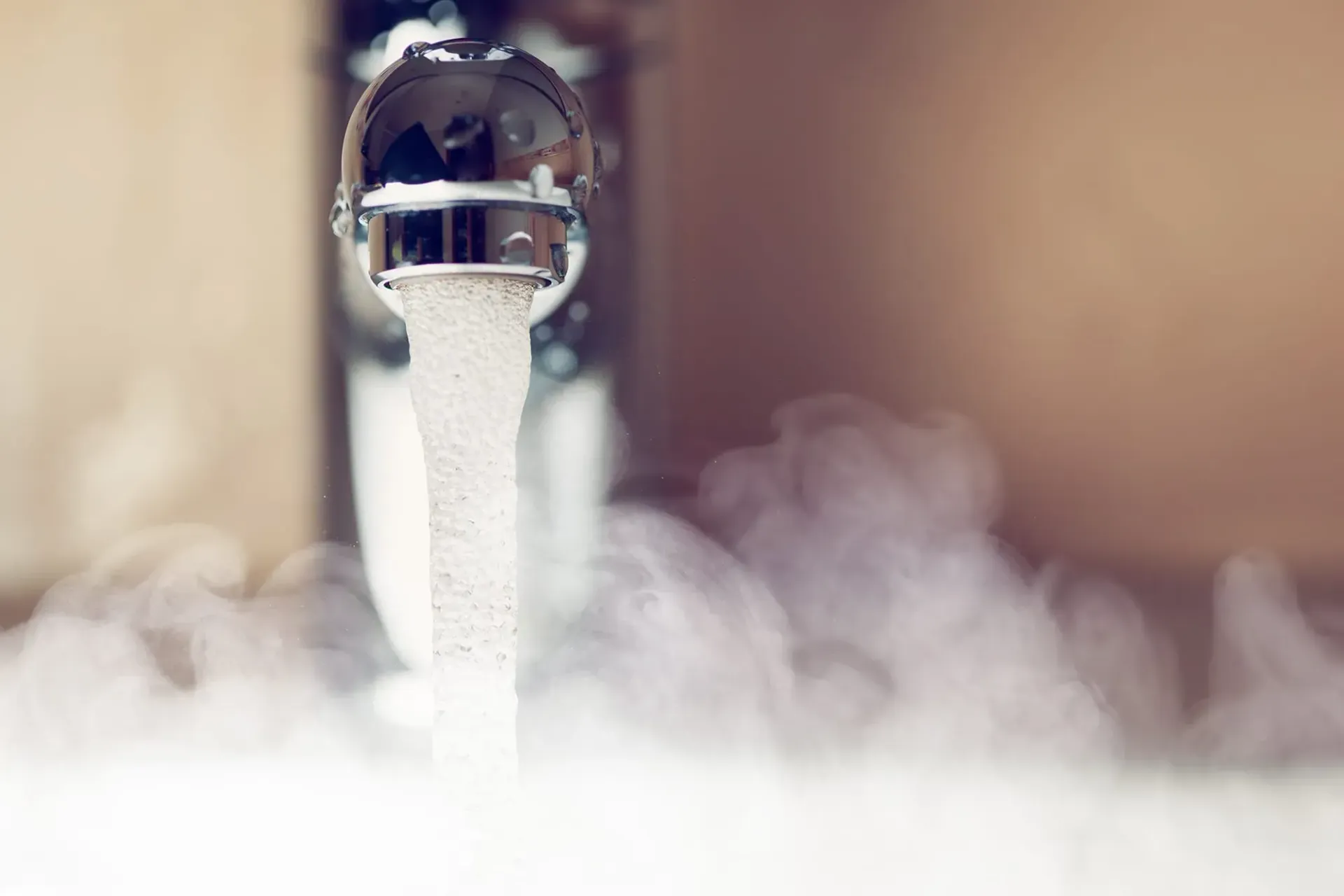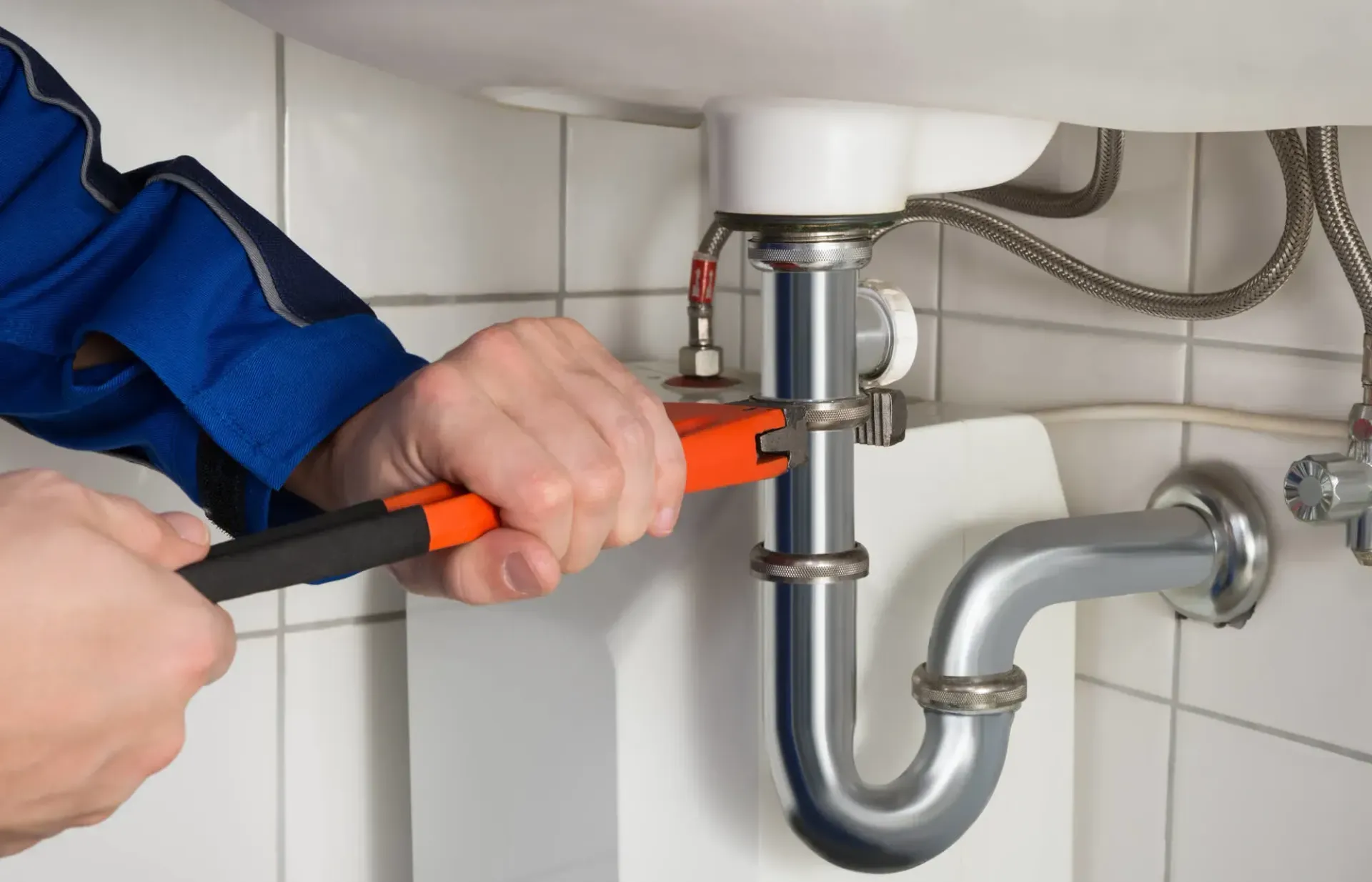How To Clear A Blocked Drain
A blocked drain is one of the most common plumbing issues homeowners face — and one of the most frustrating. Whether it’s a slow-draining sink, gurgling pipes, or water pooling around your shower, blocked drains can quickly escalate into bigger problems if left untreated.
Fortunately, many minor blockages can be cleared with the right tools and techniques before they turn into plumbing emergencies. In this guide, we’ll explain how to clear a blocked drain, the common causes, early warning signs, and when it’s best to call in a professional plumber like Celsius Plumbing.
What Causes a Blocked Drain?
Understanding what causes blockages is the first step to preventing them. Most drains become clogged gradually over time as debris builds up and restricts water flow.
Here are the most common causes of blocked drains:
1. Hair
Hair is one of the biggest culprits, especially in bathroom drains. It binds with soap scum and grease, forming clumps that stick inside pipes.
2. Grease and Fat
In kitchen sinks, cooking oil, grease, and food scraps often build up on the inside of pipes. As they cool and harden, they restrict water flow and trap more debris.
3. Soap Scum
Soap residue can solidify, particularly in shower and laundry drains, contributing to stubborn blockages.
4. Foreign Objects
Items like wipes, cotton buds, dental floss, and sanitary products should never go down the toilet or sink — they don’t break down like toilet paper and can cause severe blockages.
5. Tree Roots
Tree roots are a major cause of outdoor drain blockages. They seek moisture and can grow through tiny cracks in underground pipes, eventually causing major damage.
6. Collapsed or Damaged Pipes
Over time, older pipes can crack, collapse, or shift due to soil movement, allowing debris and roots to enter and obstruct the drain.
Signs You Have a Blocked Drain
Sometimes blockages build up slowly, and you might not notice until the problem becomes serious. Watch for these early warning signs:
- Water draining slowly from sinks, showers, or tubs
- Gurgling or bubbling noises in the drains
- Foul odours coming from pipes or floor wastes
- Water backing up into sinks or showers
- Puddles of water forming around drains outside
If you notice any of these symptoms, it’s best to act quickly before the blockage worsens.
How To Clear a Blocked Drain
Depending on the severity and location of the blockage, there are several methods you can try to clear your drain. Here’s a step-by-step guide to help you tackle the problem safely and effectively.
1. Boiling Water
This is the simplest and most natural solution for minor kitchen sink blockages caused by grease or soap residue.
How to do it:
- Boil a full kettle of water.
- Slowly pour it down the drain in two or three stages, allowing a few seconds between each pour.
The heat helps dissolve grease buildup and flushes away debris.
Best for: kitchen sinks and small blockages.
Avoid if: you have PVC pipes — use hot (not boiling) water instead to prevent damage.
2. Use a Plunger
A plunger is a classic and effective tool for clearing partial blockages in sinks, showers, and toilets.
How to do it:
- Fill the sink or toilet bowl with enough water to cover the plunger cup.
- Place the plunger over the drain and ensure a tight seal.
- Push down and pull up sharply several times to create suction.
- Remove the plunger and check if the water drains freely.
Repeat the process a few times if necessary.
Pro tip: For double sinks, block the other drain with a wet cloth to improve suction.
3. Try a Drain Snake or Auger
A drain snake (or plumbing auger) is a flexible metal cable used to reach deeper clogs that plunging can’t clear.
How to use it:
- Insert the snake into the drain opening and slowly feed it down while turning the handle.
- When you feel resistance, rotate and push gently to break through the blockage.
- Pull it back out to remove debris, then flush the drain with hot water.
Manual snakes are ideal for home use, while plumbers use electric drain augers for tougher clogs.
4. Use Baking Soda and Vinegar
This natural, eco-friendly method can break down minor blockages without harsh chemicals.
How to do it:
- Pour ½ cup of baking soda down the drain.
- Follow with ½ cup of white vinegar.
- Let the mixture fizz and sit for about 15–30 minutes.
- Rinse thoroughly with hot water.
This method helps dissolve grease, soap scum, and organic buildup while neutralising odours.
5. Remove and Clean the Trap (for Sinks)
If your kitchen or bathroom sink is blocked, the problem may be in the U-shaped trap under the basin.
How to clean it:
- Place a bucket under the trap to catch any water.
- Unscrew the fittings and remove the trap carefully.
- Clear out any debris or sludge using an old toothbrush or wire.
- Reattach the trap and run water to test the flow.
This is one of the most effective DIY methods for sink blockages.
6. Use a Wet and Dry Vacuum
If you have access to a wet and dry shop vacuum, it can help suck out stubborn clogs.
How to use it:
- Set the vacuum to liquid mode and create a tight seal over the drain using the nozzle or a wet rag.
- Turn it on for 10–15 seconds to pull debris up from the pipe.
- Check and empty the canister before repeating if needed.
Be cautious with this method — it can get messy if not sealed properly.
7. Inspect Outdoor Drains
If the blockage is affecting multiple fixtures, the issue might be in the main sewer line or stormwater drain.
You can try lifting the outdoor grate and using a garden hose with a jet nozzle to flush debris, but if the drain overflows or you suspect tree roots, it’s time to call a professional.
When To Call a Professional Plumber
DIY methods work well for small, surface-level blockages, but if your drain remains slow or backs up repeatedly, it’s a sign of a deeper problem.
Professional plumbers use CCTV drain cameras to inspect pipes and high-pressure water jetting machines to remove stubborn blockages like tree roots, grease build-up, and debris deep within the line.
Other reasons to call a plumber include:
- Water backing up into multiple drains
- Gurgling noises after DIY attempts
- Persistent foul odours
- Overflowing outdoor drains
- Recurring blockages every few weeks
Leaving a serious blockage untreated can lead to pipe damage, flooding, and costly repairs.
How To Prevent Future Blockages
Once your drain is clear, take steps to prevent it from happening again.
- Avoid pouring grease or food scraps down sinks. Use sink strainers to catch debris.
- Clean drains regularly with boiling water or baking soda and vinegar.
- Don’t flush anything other than toilet paper. Wipes, cotton buds, and sanitary items should go in the bin.
- Trim trees near sewer lines to prevent root intrusion.
- Book regular plumbing maintenance — professionals can inspect and clean drains before problems occur.
Consistent care and good habits go a long way toward keeping your drainage system healthy.
Conclusion
Blocked drains are inconvenient, messy, and often smelly — but with the right approach, many can be fixed quickly and easily. From plunging and drain snakes to natural cleaners, there are several safe and effective ways to get water flowing again.
However, if your drain remains blocked, smells persist, or water is backing up through multiple fixtures, it’s time to call in the experts.
If you can’t fix it, call Celsius Plumbing — your trusted local plumbing professionals. We use advanced equipment and proven methods to locate and clear even the toughest blockages safely, efficiently, and without damaging your pipes.
Get your drains flowing freely again — contact Celsius Plumbing today for fast, reliable service across the Sunshine Coast.
Written by Justin from Celsius Plumbing
Meet Justin, the owner of Celsius Plumbing. With over 15 years of industry experience, Justin combines technical expertise with a commitment to clear communication and reliable service.







